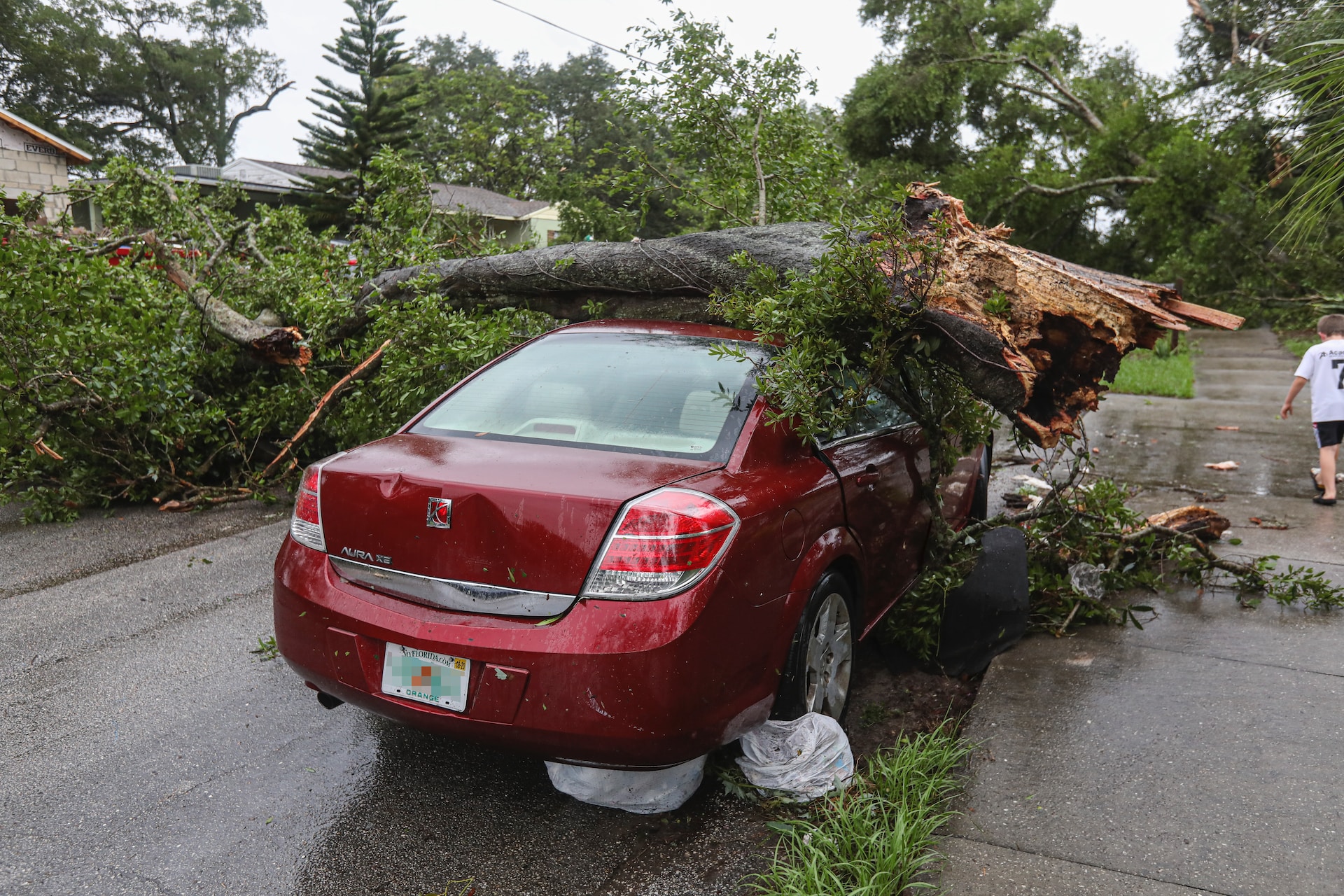

Question: What is the Difference Between Property Damage and Physical Damage?
Answer: The difference between property damage and physical damage lies in their scope. Property damage refers to harm or destruction inflicted on a property, including both physical damage to the structure and its contents. Physical damage specifically pertains to harm caused to the physical structure or components of the property.
The Differences Between Property Damage and Physical Damage on Home Pricing
Property damage and physical damage are two terms that are often used interchangeably, but they are distinctly different. Understanding these differences is crucial for property owners, insurance providers, and legal professionals alike. Let’s dive into the distinguishing factors between them, and why it’s essential to recognize them.
Property Damage
Definition of Property Damage
Property damage refers to the harm or destruction that affects real or personal property. This encompasses buildings, vehicles, personal belongings, and even intellectual property. When property damage occurs, it can lead to significant financial loss.
Causes of Property Damage
Various events can lead to property damage, including natural disasters, accidents, vandalism, and negligence. These incidents can affect not only the structure of a building but also the contents within.
Click here to learn more about your property value
Related Article: Do Walls Need to Be Replaced After Flood?
Related Article: What Natural Disasters Cause the Most Property Damage?
Insurance for Property Damage
Most homeowners and business owners invest in insurance that covers property damage. This protection typically includes repairs and replacements necessary after an unexpected incident.
Legal Aspects
In some cases, property damage may lead to legal disputes, especially if another party’s actions or negligence caused the damage. In such instances, understanding what constitutes property damage is crucial for resolving the conflict.
Physical Damage
Definition of Physical Damage
Physical damage, on the other hand, usually refers specifically to harm done to tangible assets, such as a car or machinery. This term is often used in the context of vehicle insurance, encompassing damages that affect the physical condition of the vehicle.
Causes of Physical Damage
Physical damage can occur through various means such as collisions, vandalism, natural disasters, or mechanical failures. The results might include dents, scratches, or complete destruction of the object.
Insurance for Physical Damage
Physical damage insurance is a critical aspect of vehicle insurance policies. It typically covers the cost of repair or replacement if the vehicle sustains damage due to covered events.
Repair Considerations
Repairing physical damage can range from minor fixes to significant overhauls. The severity of the damage will usually dictate the cost and time required to restore the item to its original condition.
Comparison
Context of Use
While property damage encompasses a broad range of assets, physical damage is generally specific to vehicles and machinery. Therefore, understanding the context of the damage is essential in determining whether it’s classified as property or physical damage.
Insurance Policies
Insurance policies for them differ significantly. Property insurance might cover the structure of a building and its contents, whereas physical damage insurance will generally cover only the tangible asset itself, such as a car, truck or boat.
Legal Implications
Moreover, the legal implications can vary between property and physical damage. The definitions and rules that apply may differ, leading to different legal procedures and potential liabilities.
Repair and Replacement
The approach to repair and replacement also contrasts between property and physical damage. The former may involve rebuilding structures or replacing various belongings, while the latter focuses on restoring the physical condition of a particular asset, such as an automobile.
Impact on Property Value
Property damage can severely impact a home’s market value. A history of extensive damage, even with professional repairs, often makes buyers hesitant. Buyers worry about hidden issues, like mould behind new drywall or a weakened foundation. You must provide a clear history of all repairs and professional reports. These documents reassure a potential buyer. You should also consider getting a home inspection before you list your property. This proactively addresses any remaining concerns. Major incidents, such as fires or floods, can create a lasting stigma. This stigma may require you to reduce your asking price.
market values a property based on its condition and history. A home with a history of damage will sell for less. This is especially true if a similar home nearby has no damage history. The damage’s effect on price depends on the type and severity. Small cosmetic repairs have little effect. Major structural damage can decrease a home’s value significantly. Property damage insurance can help you repair your home. These repairs can help restore your property’s value. You must inform buyers about any past damage. This is a legal requirement in many jurisdictions and builds trust with potential buyers.
Insurance and Claims Process
Insurance companies use specific definitions to handle claims. Knowing the difference between property and physical damage helps you file a proper claim. A property damage claim covers your entire home and personal belongings. This includes the building, detached structures, and your possessions. A physical damage claim covers a specific item, such as a vehicle. When you file a claim, you must provide a detailed list of damages. This list helps the insurance company assess your losses. You should take photos and videos of the damage. You should also keep receipts for any temporary repairs.
The claims process can take time. An adjuster inspects your property to verify the damage. They use their report to approve or deny your claim. They also determine the payout amount. An accurate claim speeds up the process and ensures a fair settlement. Homeowners should understand their policy terms and what their policy covers. Many policies have exclusions for certain events. For example, most standard policies do not cover flooding. You need separate insurance for floods. Understanding your policy ensures you receive the right coverage when you need it.
To learn more abut Jennifer Jewell please check out www.jenjewell.ca
Conclusion: A Vital Distinction
Understanding the difference between property damage and physical damage is vital in various contexts, from insurance claims to legal proceedings. While property damage includes a wide array of tangible and intangible assets, physical damage is specific to physical objects like vehicles or machinery. This distinction affects how damages are assessed, insurance policies are crafted, legal matters are handled, and repairs are executed.
By recognizing these differences, property owners, insurers, and legal professionals can make more informed decisions and handle situations involving damage more effectively. The line between these two terms may seem thin, but the implications of misinterpreting them can be significant, making it all the more important to grasp these concepts fully.


